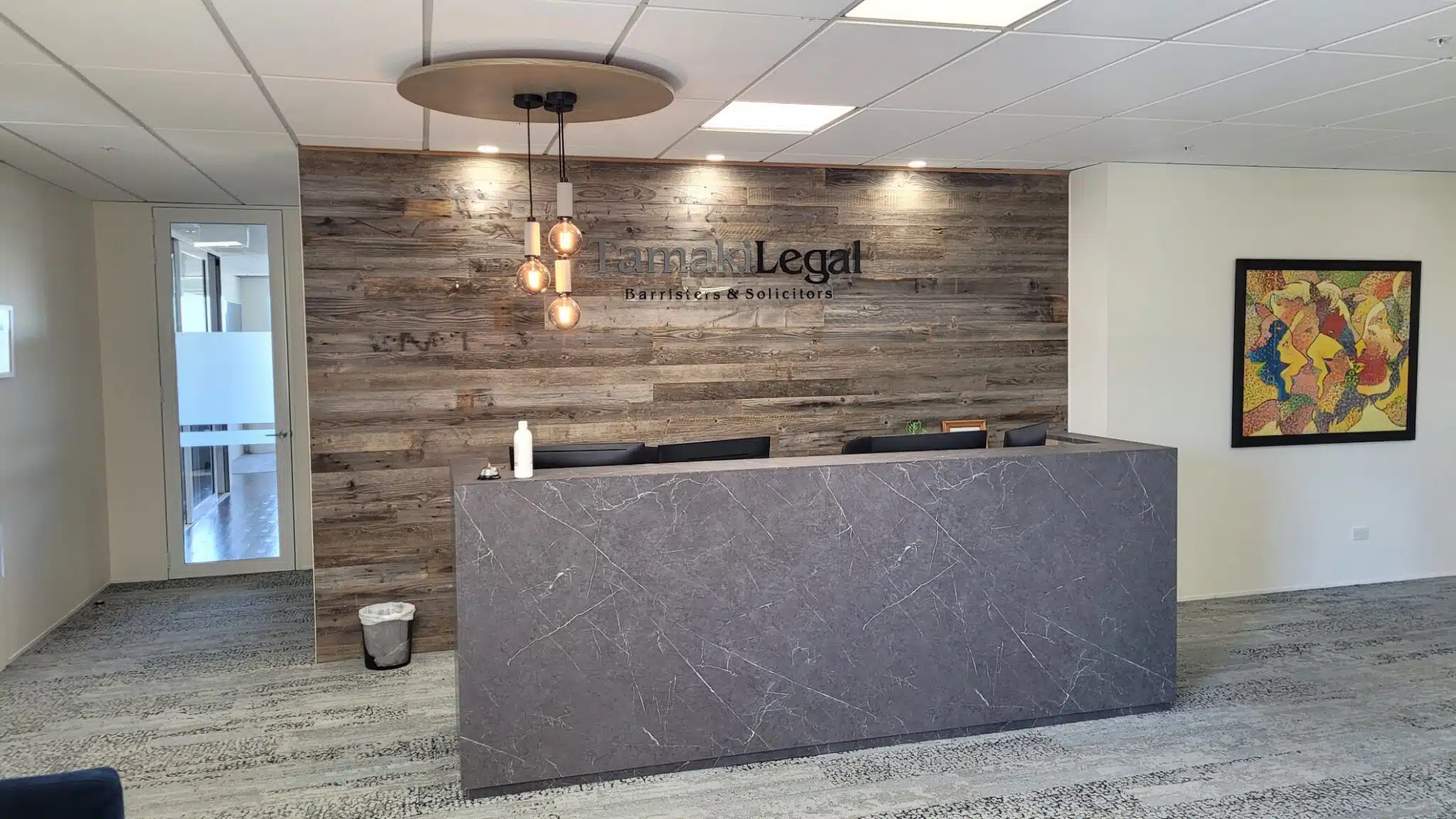
Lease Reinstatement, Exit and Relocation
9 mistakes that could make you wish you never moved

Relocating your business?
Relocating a business can be an exciting opportunity to expand your brand, increase your client base, and take advantage of new business opportunities.
But let’s face it… it can also be a challenging and complex process – especially if you’re negotiating a lease agreement for the new location while you’re still negotiating the lease reinstatement obligations on your existing premises.
What is Lease Reinstatement?
When you enter into a commercial lease, it is essential to consider the associated costs of each phase of your commercial lease lifecycle – Entry, Occupation, Exit.
Lease reinstatement obligations occur in the exit phase of your commercial lease lifecycle. The extent of your obligations will depend on the wording of your specific lease documents.
Most leases obligate a tenant to reinstate the premises by removing all installed items such as partitions, racking, HVAC, lighting, signage, etc. Additionally, you must patch, plaster and paint the walls and return floors and ceilings to their original condition.
If you have not complied with any maintenance or redecoration obligations during the occupation phase of your lease, your landlord may well require you to address these outstanding jobs on exit before releasing you from liability under the lease.
Here are the 9 big mistakes tenants make when relocating their business…
1. Failing to research the new location’s market
Each market has its own unique set of conditions, such as available properties, lease rates, and local regulations. By not doing your due diligence, you risk choosing a location that is not suitable for your business needs or your budget. And that means moving your business backwards, not forwards.
2. Not understanding the new lease terms and conditions
Lease agreements can be complex and confusing. Actually, they are usually complex and confusing… and since they are initially prepared by the owner, any fishhooks or fine print are going to impact you, not them.
Without a clear and full understanding of all lease terms and conditions, and their consequences throughout your lease life cycle, you risk making the costly mistakes of signing an agreement that is definitely not agreeable to your business.
3. Failing to assess the new property thoroughly
Hidden damage, leaky or rusting roof, structural problems, poor drainage, timeworn electricals, asbestos or other environmental hazards… none of these are likely to be highlighted in your new landlord’s promotional materials. Every property—no matter how great it seems at first look—needs expert inspection… before you sign off on future unexpected costs.
4. Not factoring in new additional costs
Lease agreements can come with additional costs that may not be immediately apparent, such as maintenance fees, utility costs, and repair, redecoration and reinstatement costs. It is essential to be aware of every cost associated with each phase of your commercial lease lifecycle – Entry, Occupation, Exit. You cannot assume important details in your new lease will be the same as, or even similar to, the conditions of your old lease.
If additional costs eventually kick in and you weren’t expecting them? They go straight to your bottom line.
5. Ignoring the new location’s zoning, body corporate rules and other property restrictions
Each Council has its own zoning regulations and legal requirements that must be followed. In addition to council zoning issues, body corporate rules (if applicable), and other property restrictions must also be considered to determine what impacts if any there will be on the ability to operate your business. Failure to comply with these regulations will result in costly business impacts – and can even drive your business under.
6. Failing to negotiate favourable lease terms
It cannot be stressed enough – the original lease document is drawn up by the owner. It will always represent the best deal for them, not you. If you don’t effectively negotiate the new lease agreement, and failing to do so can result in unfavourable terms that may not be in your business’s best interests. The exciting prospect of moving on from “an old place” to “a new place” can lead to rushed actions and future headaches.
7. Failing to understand the lease reinstatement obligations on your old lease
Many lease agreements include lease reinstatement obligations, which require the tenant to restore the property to its original condition at the end of the lease term. If you don’t comply with any of these obligations, it can result in costly penalties and legal issues.
8. Having a “rough idea” of time required for Lease Reinstatement / Exit / Entry
It’s essential to nail down an accurate (and realistic!) timeframe that covers the Lease Reinstatement and Exit from the old property up to Entry to the new property, in order to minimise disruptions to your business operations.
Important factors to include in your timeframe are the fitout of the new premises and the defit of the old premises. Depending on what is included in your fitout, you may also need to factor in the need to obtain a building consent. Failure to create a detailed “real world” timeline before you start the shift can result in duplicated property costs, lost productivity, lost revenue, and even serious damage to your brand reputation.
9. Not having a contingency plan
Relocating a business is a complex process that can be impacted by unexpected issues, such as delays, construction issues, legal disputes, even weather events… or pandemics. If you want to reduce any impact on your ongoing business resulting from a relocation delay, you need a comprehensive contingency plan. Never assume everything will go smoothly. It is fine to hope for the best when you move (most business owners do), but it always pays to plan for the worst (unfortunately, many business owners don’t).
Relocating a business does not need to be a complex, time-consuming, and challenging process… for you.
An expert Property Advisor will help you navigate this process smoothly and efficiently, minimising costs, reducing the stress associated with relocating your business… and avoiding those 9 costly mistakes.
- Do you want to hand back your existing premises to the landlord with no arguments, no hassles?
- Do you want a seamless, painless transition from your old premises to your new premises?
- Do you want your business to grow the way you planned, taking full advantage of your decision to move?
- Then talk to us now for a free no-obligation chat about our 11-step “Relax and Relocate” system.
We take on the headache, while you run your business.
Share this article to:

Marcus Bosch
Managing Director

